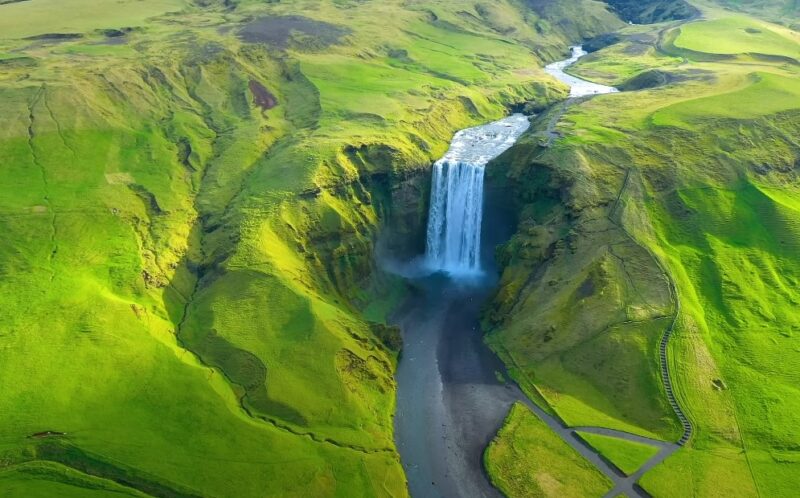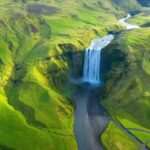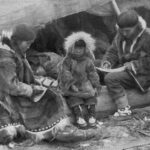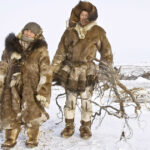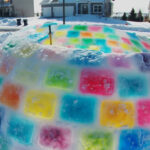Iceland is a small yet remarkable country, famous for its stunning natural beauty, including active volcanoes, massive glaciers, and incredible geysers.
While many are familiar with its breathtaking nature, Iceland has much more to offer beyond its scenery.
It’s a land full of traditions, surprising facts, and a rich history that continues to shape its culture today.
Today, we want to explore the top ten fun and interesting facts about Iceland that you probably didn’t know.
10. Iceland Citizens Believe in Elves and Hidden People
Many Icelanders believe in the existence of “huldufólk,” or hidden people.
These mysterious beings are said to live in rocks and hills, blending in with the natural surroundings.
The belief is so ingrained that it influences modern construction projects.
In some cases, roadways and buildings have been rerouted or delayed to avoid disturbing the supposed dwellings of these hidden people.
- The belief in huldufólk is rooted in ancient Norse mythology, where nature spirits played a vital role.
- Approximately 35% of the population still holds some belief in huldufólk, and their existence remains a topic of debate and fascination.
- Local folklore suggests that disrupting the homes of the hidden people could result in bad luck or even supernatural consequences.
Despite its mystical nature, this belief represents a deep respect for Iceland’s untouched natural beauty and traditions that have withstood the test of time.
9. Oldest Parliament in the World
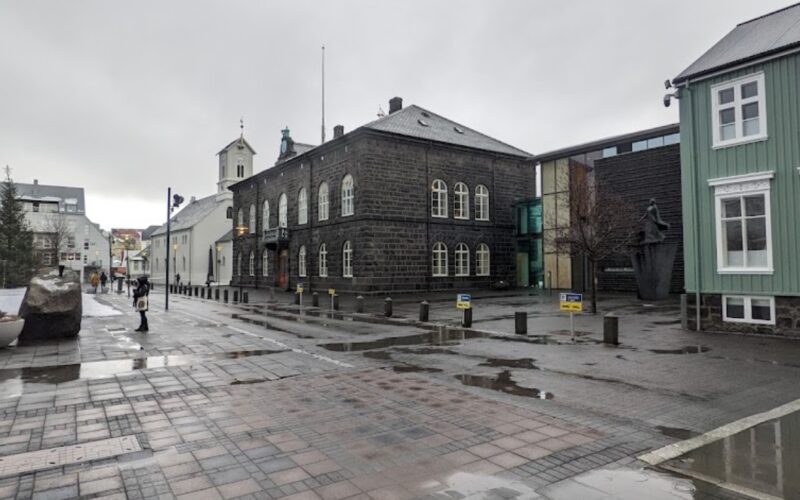
Iceland is home to the Alþingi, the world’s oldest continuous parliament, founded in 930 CE.
The parliament convened at Þingvellir, a stunning location and now a UNESCO World Heritage Site, where the country’s most important legal and political decisions were made.
The Alþingi remains an essential symbol of Iceland’s long-standing commitment to democratic governance.
- The Alþingi initially functioned as both a legislative and judicial body, bringing together chieftains from across the island.
- Þingvellir holds both historical and geological significance, located at the juncture of the Eurasian and North American tectonic plates.
- The Alþingi later went to Reykjavik, where it continues to operate today.
This institution’s longevity is a testament to the stability and continuity of Icelandic governance throughout centuries of change.
8. Midnight Sun and Polar Nights
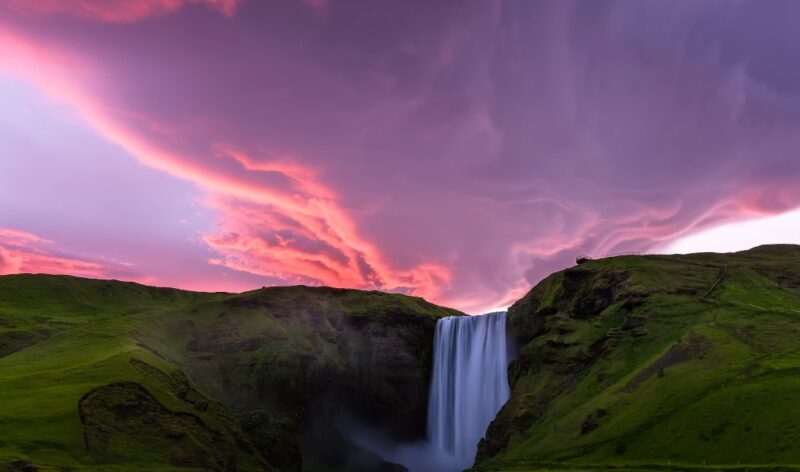
Iceland’s geographical position near the Arctic Circle brings some extraordinary natural phenomena, including the midnight sun and polar nights.
During summer, parts of Iceland experience up to 24 hours of daylight, while winter can bring nearly continuous darkness, a striking contrast that shapes both daily life and local culture.
- The midnight sun is most visible during June and July, offering endless daylight and opportunities for outdoor activities.
- Polar nights, most prominent in December and January, create an atmospheric contrast that can affect mood and behavior.
- Many Icelanders embrace the light and darkness, participating in festivals such as Jól (Christmas) and summer solstice celebrations.
The extreme light cycles have also influenced Icelandic art, literature, and traditions, making the country’s natural environment an integral part of its cultural identity.
7. 13 Icelandic Yule Lads Instead of Santa Claus
Rather than a single Santa Claus, Icelandic children are visited by 13 mischievous Yule Lads during the 13 days leading up to Christmas.
These characters, each with their distinct quirks, leave small gifts in children’s shoes, provided they have behaved well. Naughty children, however, receive rotten potatoes instead.
- The Yule Lads are the sons of Grýla, a fearsome troll, and Leppalúði, her lazy husband, who live in the mountains.
- Each Yule Lad has a one-of-a-kind personality, such as Spoon-Licker, who steals wooden spoons to lick, and Door-Slammer, who delights in slamming doors at night.
- Today the Yule Lads are seen as friendly figures who add excitement to the Christmas season.
This playful take on the holiday season highlights Iceland’s rich storytelling tradition and its blend of humor with folklore.
6. Iceland’s Geothermal Energy and Eco-Friendliness
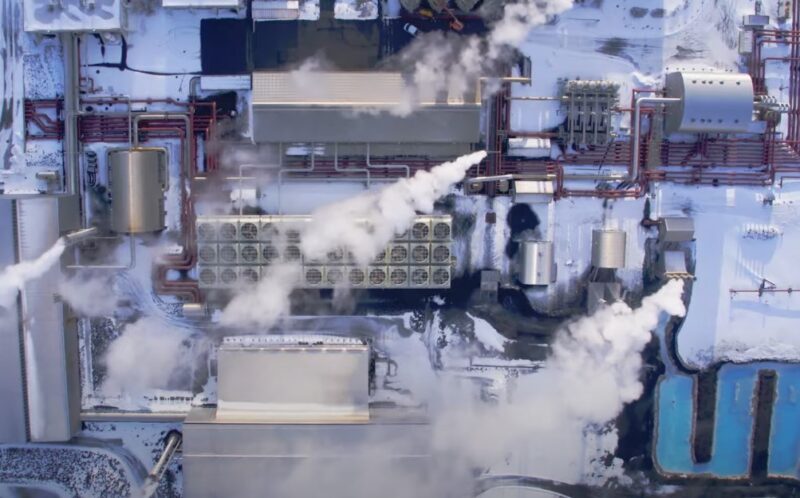
Iceland stands as a global leader in renewable energy, with nearly all of its power generated from geothermal and hydroelectric sources.
The country’s unique geology, characterized by volcanic activity and abundant hot springs, makes it an ideal location for harnessing geothermal energy.
- About 90% of Iceland’s homes are heated by geothermal energy, drastically reducing carbon emissions.
- Hydroelectric power complements geothermal energy, ensuring a nearly fully sustainable energy grid.
- The government and private sectors have invested heavily in eco-friendly initiatives, making Iceland one of the world’s most environmentally conscious nations.
Iceland’s commitment to renewable energy has not only shaped its economy but also served as a model for other nations aiming to reduce reliance on fossil fuels.
5. Beer Prohibition in Iceland
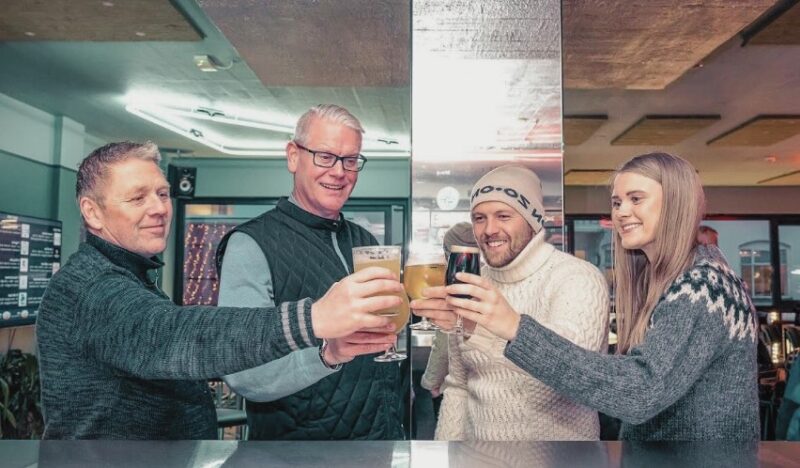
From 1915 until 1989, beer was banned in Iceland, a remnant of the country’s earlier temperance movement.
While spirits and wine eventually became legal again, beer remained outlawed for over seven decades.
The lifting of the beer ban on March 1, 1989, is now celebrated annually as “Beer Day.”
- The prohibition originally stemmed from concerns over alcohol’s impact on society and national health.
- After years of debate and gradual changes in public opinion, beer was finally legalized, much to the delight of Icelanders.
- Today, beer is a popular beverage, and microbreweries have flourished across the country, offering a wide range of locally produced ales and lagers.
The history of beer prohibition reflects Iceland’s complex relationship with alcohol and its evolving social policies.
4. Iceland’s Glaciers and Volcanoes
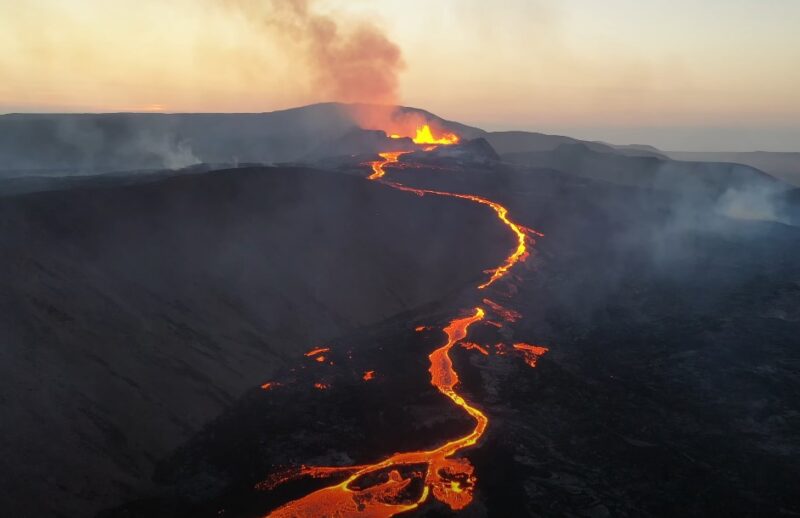
Many people know Iceland as the “Land of Fire and Ice,” a fitting title given its dramatic landscape of glaciers and volcanoes.
Approximately 11% of Iceland is covered by glaciers, including Vatnajökull, Europe’s largest ice cap.
Meanwhile, the country is home to more than 130 volcanic mountains, some of which are still active.
- Vatnajökull covers around 8,100 square kilometers and contains several active volcanoes beneath its surface.
- Iceland’s most famous volcanic eruptions include Eyjafjallajökull in 2010, which disrupted air travel across Europe.
- The constant interplay of fire and ice has shaped Iceland’s geography, creating stunning natural landmarks such as lava fields, geysers, and hot springs.
These powerful forces of nature have not only defined Iceland’s landscape but also its culture, with myths and legends rooted in these extreme environments.
3. Icelandic Naming System
Iceland’s naming system is one-of-a-kind, reflecting a break from the typical Western tradition of family surnames.
Instead, Icelanders use a patronymic or matronymic system, where a child’s last name is derived from the first name of a parent, typically the father, followed by “son” or “dóttir” (daughter).
- For example, if a man named Jón has a daughter, her last name would be Jónsdóttir, meaning “daughter of Jón.”
- This system emphasizes individuality and ancestry rather than familial lineage.
- The tradition has been alive for centuries, and efforts to introduce more conventional surnames bore no fruit.
The Icelandic naming system is a proud reflection of the nation’s cultural heritage, promoting a strong sense of personal identity.
2. Swimming Outdoors Year-Round
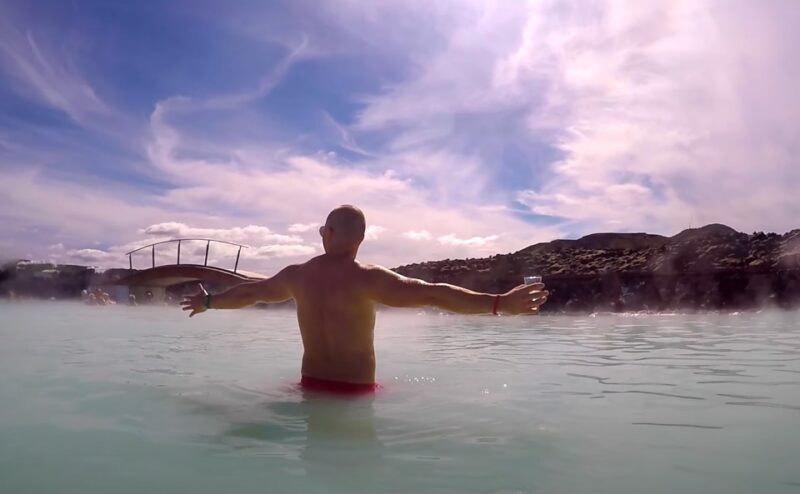
Thanks to Iceland’s geothermal activity, swimming outdoors is a year-round activity, even in the midst of freezing temperatures.
Locals and tourists alike flock to hot springs, geothermal pools, and lagoons scattered across the island.
- The Blue Lagoon, one of the most famous geothermal spas, offers warm, mineral-rich waters, even in the depths of winter.
- Public swimming pools, such as those in Reykjavik, also offer geothermal-heated waters, providing a communal space for relaxation and socializing.
- Outdoor swimming is not just a leisure activity but also a significant part of Icelandic culture, promoting health and well-being.
This ability to enjoy outdoor swimming in such a cold climate showcases Iceland’s resourcefulness in harnessing its natural energy.
1. One in Ten Icelanders Publishes a Book

Iceland is a nation of storytellers, with a deep literary tradition that dates back to the medieval sagas.
Today, it’s estimated that 1 in 10 Icelanders will publish a book in their lifetime, making the country one of the most literate and creative in the world.
- Iceland hosts an annual event known as “Jólabókaflóð,” or the Christmas Book Flood, where people exchange books as gifts on Christmas Eve.
- The country has a thriving publishing industry, with a high number of authors, poets, and playwrights emerging from its relatively small population.
- Iceland’s government actively supports literature through grants and awards, helping sustain its vibrant literary culture.
The emphasis on reading and writing ensures that storytelling remains at the heart of Icelandic culture, preserving its rich history and language for future generations.
The Bottom Line
Iceland is a country that constantly surprises and delights with its mix of natural wonders, cultural traditions, unique food, and modern innovations. It really is a place like no other.
These fun facts only scratch the surface of the many fascinating things that make this island nation stand out.
Hello, I’m Philip Cooper. As an enthusiastic writer and explorer, I dedicate myself to uncovering the unique cultures and traditions of the Arctic regions. My journey began with a fascination for the resilient communities and their way of life in one of the world’s most challenging environments.
At The Fourth Continent, I share stories about the rich heritage, traditional practices, and the breathtaking landscapes of Greenland and its neighboring areas. Join me as we explore the wonders of the Arctic, bringing you closer to the heart of this magnificent land.

